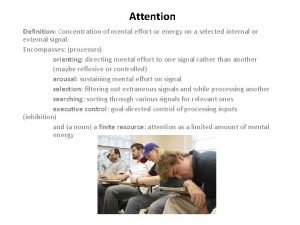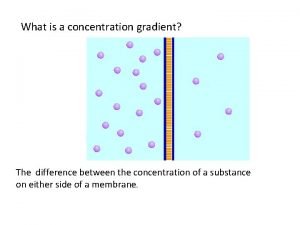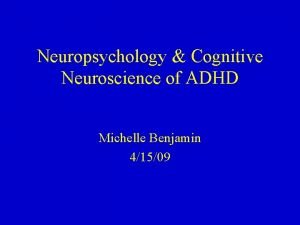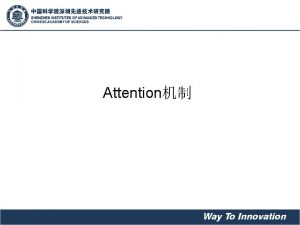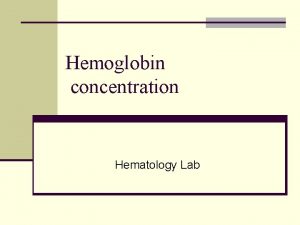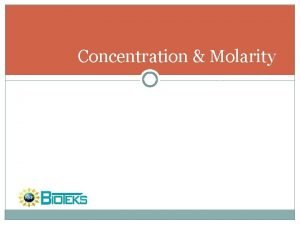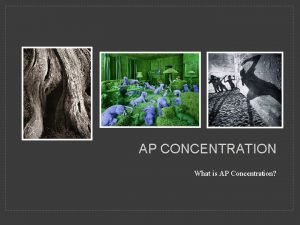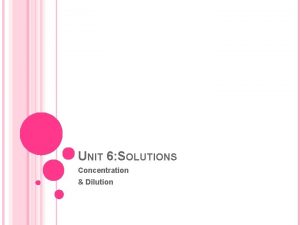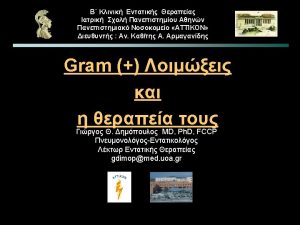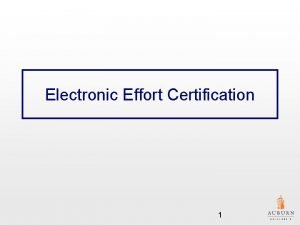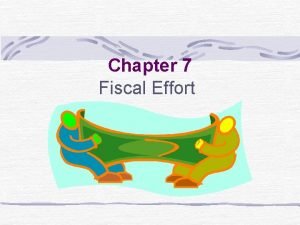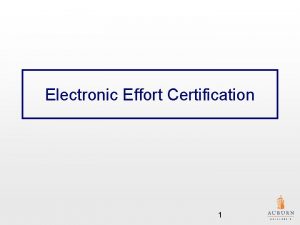Attention Definition Concentration of mental effort or energy










- Slides: 10

Attention Definition: Concentration of mental effort or energy on a selected internal or external signal. Encompasses: (processes) orienting: directing mental effort to one signal rather than another (maybe reflexive or controlled) arousal: sustaining mental effort on signal selection: filtering out extraneous signals and while processing another searching: sorting through various signals for relevant ones executive control: goal-directed control of processing inputs (inhibition) and (a noun) a finite resource: attention as a limited amount of mental energy

Attention: implicit vs. explicit • Explicit: focused attention. Attention with awareness (hopefully what you’re doing now!) • Implicit: attention without awareness • Ex of implicit: word stem completion under anesthesia (small effect only less than 10% improvement in performance). • However, implicit attention is not enough to successfully exclude certain stem completions • Lesson: implicit attention works only for a very simple processes.

Attention as spotlight Important to note that cueing effects were present with out eye movements. Attention was cognitive phenomenon not perceptual.

Attention as search Feature search: based on single primitive features (color or shape) Conjunction search: based on combo of features (color and shape) Conjunction search rts increase with display size, not so with feature search. Pop out effect: salient features “pops out” regardless of display size, indicative of a parallel (automatic) search process as opposed to serial (controlled) conjunction search

Hemineglect: Disordered Attention • Failure of attention to input from left visual field, usually associated with damage to right parietal lobe Attention to left visual field is possible when nothing is in right visual field (competition is important factor). Not a sensory deficit, inputs from both sides received and movements to both sides of visual field possible. But controlled attention to left impaired.

Selective attention • Cocktail party effect: partial filtering of signals. Awareness of background “buzz” but limited semantic processing Dichotic listening paradigm: experimental procedure for studying attention to multiple signals. Shadowing: subject must verbally repeat one signal (attended signal). Physical changes to unattended signal noticed (male to female voice), but meaningful changes generally not (change from English to Spanish).

Broadbent’s single filter model http: //www. simplypsychology. pwp. blueyonder. co. uk/broadbent. jpg

Treisman’s (1960) study Follow the (money) meaning. Despite shadowing, subjects easily following meaning across channels

Treisman’s Attenuation model • Late filter: all inputs receive some level of semantic analysis. Response thresholds vary based on relevance. • Early filter when heavy input load, late filtering when light input load

Attention: Automatic vs. Controlled Processing • Dual task paradigms: Also show that with practice some secondary tasks do not cause decrements in primary task performance. • Characteristics of automatic processing: – Require little or not cognitive resources – Run off without intention/awareness – Cause no dual task interference When do task become automatic? Snyder & Shiffrin (1977) – “consistent mapping” of input patterns to responses. The more consistent – less practice required; more complex – more practice Dangers of auto processing: action slips – reverting inappropriately to an automatic response: ex: rental car controls, hitting windshield wipers instead of blinker.
 Mental effort meaning
Mental effort meaning Whats a concentration gradient
Whats a concentration gradient Movement of high concentration to low concentration
Movement of high concentration to low concentration Michelle benjamin phd
Michelle benjamin phd Mental health and mental illness chapter 20
Mental health and mental illness chapter 20 Mental health coping skills jeopardy
Mental health coping skills jeopardy Energy energy transfer and general energy analysis
Energy energy transfer and general energy analysis Energy energy transfer and general energy analysis
Energy energy transfer and general energy analysis Machine simple definition
Machine simple definition Train resistance formula
Train resistance formula Spontaneity of redox reaction
Spontaneity of redox reaction
